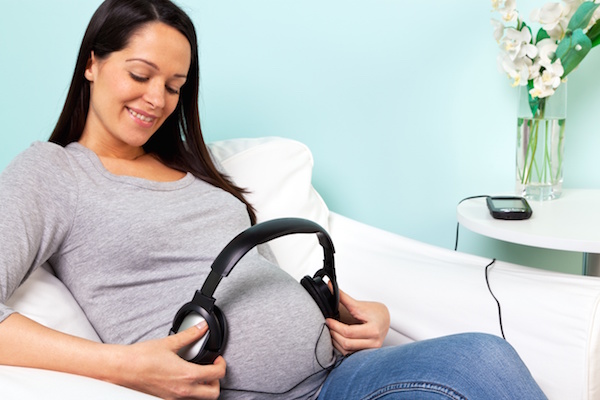MONDAY, Dec. 19, 2016 (HealthDay News) — Baby crib advertisements and store displays often demonstrate unsafe sleep environments that increase an infant’s risk of sudden infant death syndrome, a new study reports.
About two of every five print ads show a crib setup that runs counter to safe sleep guidelines established by the American Academy of Pediatrics to protect babies against SIDS, the researchers found.
The researchers also discovered half of nearly 1,800 crib displays from 11 nationwide chain stores would not be safe, said senior researcher Dr. Bradley Troxler.
“Sleep is not being advertised in a safe fashion,” said Troxler, director of the Pediatric Pulmonary Center at the University of Alabama at Birmingham School of Medicine.
The ads show cribs equipped with soft mattresses, bumper pads, loose bedding, fluffy stuffed toys and significant gaps between the mattress and the side of the crib, the study reported. These are all discouraged by AAP guidelines.
“We don’t know entirely what causes SIDS, but the current thoughts are kids tend to suffocate or strangle in their cribs, usually, we think, because of an immature breathing center in their brain,” Troxler said.
“When they get their face up against a bumper pad or other soft object, carbon dioxide gets trapped by the child’s face and they tend to rebreathe it,” he explained.
The ads also failed to show any wedges, positioners or mattresses specially designed to reduce the risk of SIDS, researchers found.
Worse, about 46 percent of the ads displayed babies lying on their stomach — a sleeping position linked to increased SIDS risk.
“Half of the ads still show children not sleeping on their back, which is the recommended sleeping position,” Troxler said.
The rate of SIDS in the United States has declined, but 3,500 sudden unexpected infant deaths occur every year, he said.
Troxler led this study after shopping for baby equipment for his brother’s baby.
“A lot of the cribs we saw didn’t meet the safe sleep guidelines,” Troxler said.
The study results were published online Dec. 19 in Pediatrics.
The research team reviewed print advertisements from a nationally distributed parenting magazine with a monthly circulation of more than 10 million readers. They looked at ads from three specific six-month periods: just prior to the release of the first AAP guidelines in 1992; before the most recent update to the guidelines in 2011; and earlier this year.
About 65 percent of the most recent ads adhered to the academy’s safe sleep guidelines, compared with about 35 percent of ads from 2011 and 23 percent of ads from 1992.
“Advertisers are improving what they’re showing, but there’s still a ways to go,” Troxler said.
The ads also reflected a very troubling racial disparity, he said.
Of the crib advertisements reviewed in the study, every ad featuring a nonwhite child showed the baby in an unsafe sleeping environment, the researchers said.
“We could never find a nonwhite baby shown in a safe sleep environment,” Troxler said. “We were pretty shocked.”
SIDS occurs much more often in black infants, with about 172 cases per 100,000 babies compared with 84 cases per 100,000 for white infants, Troxler said.
The researchers also reviewed physical and online crib displays at a variety of big-box chains, infant-specific retailers, warehouse clubs, furniture stores and department stores.
Overall, 51 percent of the crib displays reflected the safe sleeping guidelines, researchers found.
It’s likely parents are taking the wrong lessons from this marketing, and setting up cribs in ways that could endanger their babies, said Dr. Ian Holzman, who was not involved with the study.
Holzman is a professor of pediatrics with the division of newborn medicine at the Icahn School of Medicine at Mount Sinai in New York City.
He said he was “quite surprised” by the racial disparity found in the ads. “I’d like to think that’s not purposeful. That was an eye opener for me,” Holzman said.
Parent groups, pediatricians and consumer advocates need to put pressure on crib manufacturers to make sure their products are displayed in a way that reflects safe sleep, Holzman and Troxler said.
“To fix the problem, consumers need to learn about the issue,” Holzman said. “Obviously, it’s not in everybody’s mind or they wouldn’t have advertisements the way they do or displays the way they do.”
More information
For more on safe sleeping guidelines, visit the American Academy of Pediatrics.
Copyright © 2024 HealthDay. All rights reserved.

